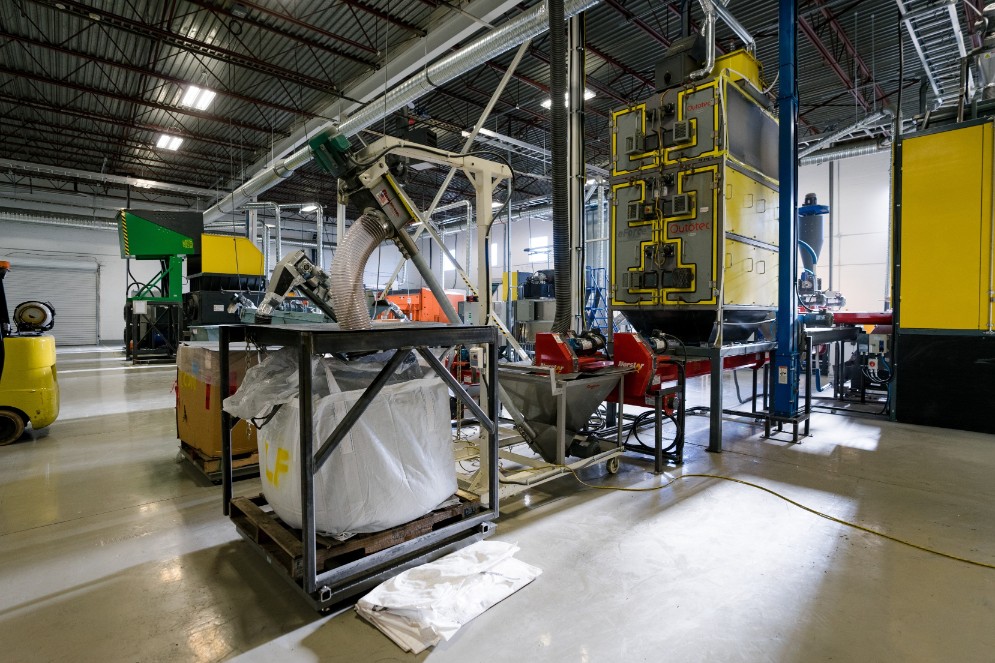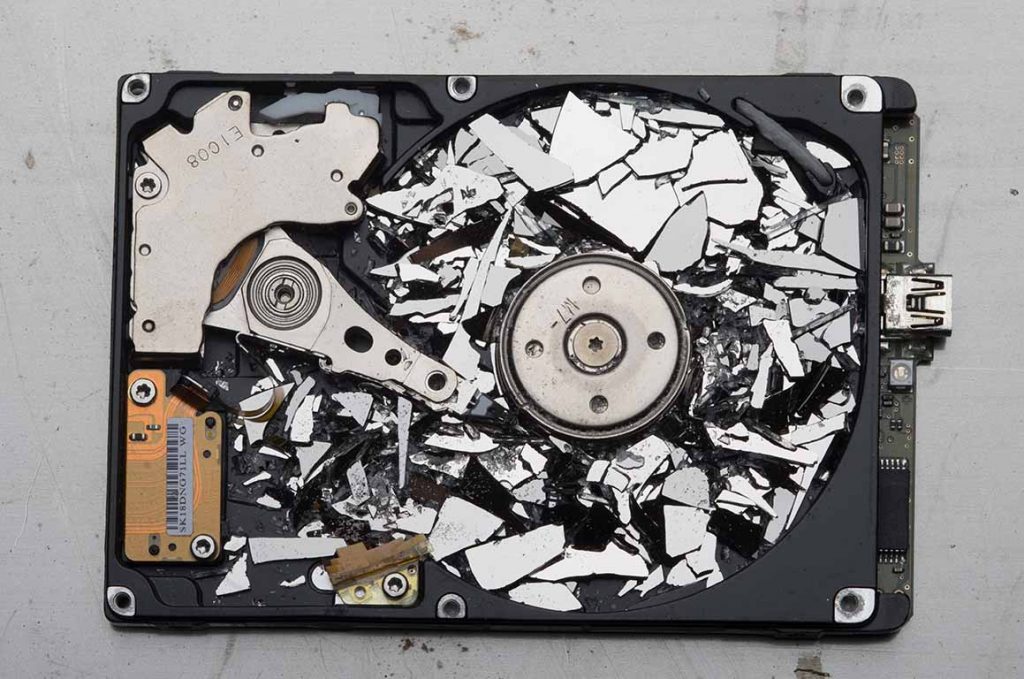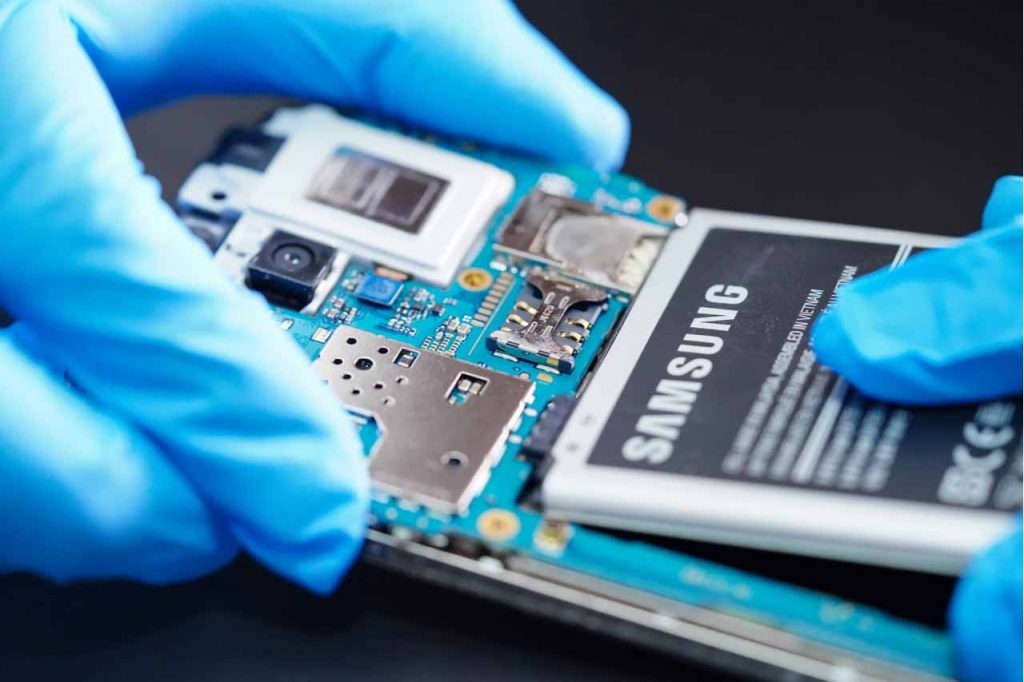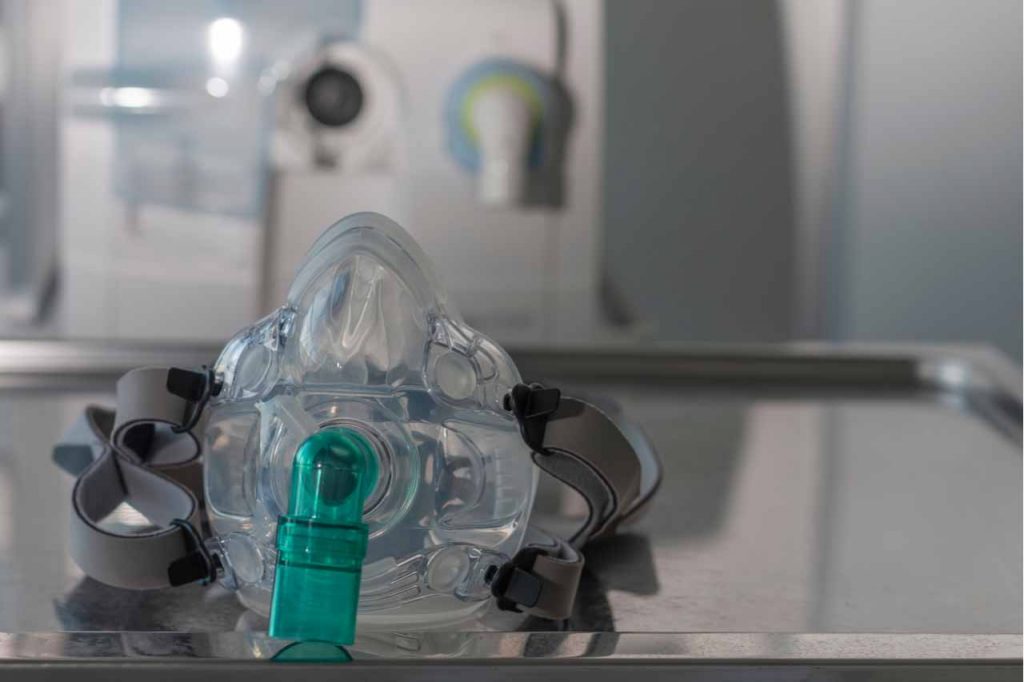
Donated iPads will help health care workers, patients and families stay connected. | Andrei_R/Shutterstock
Processors across the country are donating refurbished electronics to aid in the COVID-19 response. Companies are providing devices to hospitals, first responders, students and others.









